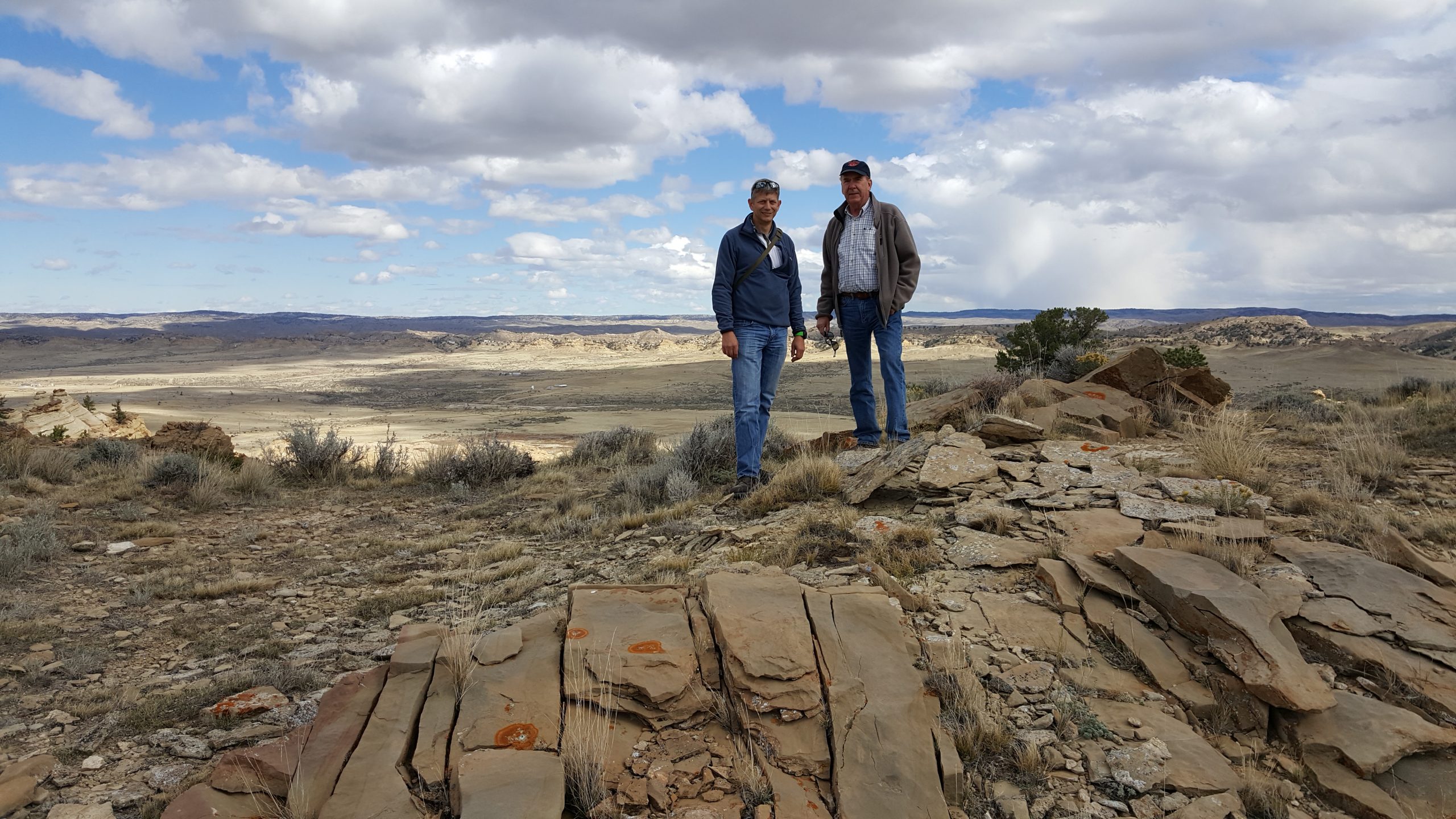 Teapot Dome Archaeological Preserve is located in Wyoming, about thirty-five miles north of Casper on a portion of the Teapot Dome Oilfield, which is named after a local rock formation called Teapot Rock. In 1915 Teapot Dome became a U.S Navy petroleum reserve, and in the early 1920s it was the subject of the infamous Teapot Dome Scandal, a Washington D.C. bribery scandal during the Warren G. Harding administration that sent former Senator and Secretary of the Interior Albert B. Fall to prison. Fall was convicted of accepting a bribe to lease lucrative oil production rights in the Teapot Dome reserve to a private oil company without going through a formal bidding process.
Teapot Dome Archaeological Preserve is located in Wyoming, about thirty-five miles north of Casper on a portion of the Teapot Dome Oilfield, which is named after a local rock formation called Teapot Rock. In 1915 Teapot Dome became a U.S Navy petroleum reserve, and in the early 1920s it was the subject of the infamous Teapot Dome Scandal, a Washington D.C. bribery scandal during the Warren G. Harding administration that sent former Senator and Secretary of the Interior Albert B. Fall to prison. Fall was convicted of accepting a bribe to lease lucrative oil production rights in the Teapot Dome reserve to a private oil company without going through a formal bidding process.
Federal petroleum reserves were created through a series of presidential executive orders in the early 1900s. The reserves were to provide a supply of crude oil to fuel U.S. naval vessels in times of short supply or national emergencies. The Teapot Dome Oilfield remained mostly undeveloped until the 1970s, when the U.S. began looking for new domestic oil supplies. In 1976, Congress passed the Naval Petroleum Reserves Production Act, authorizing full commercial development of the reserves. Petroleum products produced from the reserves were sold in the open market by the Department of Energy and the revenues were deposited to the U.S. Treasury. Through the years the Teapot Dome oilfield has produced over twenty-two million barrels of oil. In 2015, the DOE sold at auction all of Teapot Dome’s land, nearly 9,500 acres, to Stranded Oil Resources Corporation, a private oil production company, for $45 million. Prior to the sale, a series of surface surveys identified a number of significant archaeological sites that needed to be excavated or protected. The DOE created and retained five archaeological easements containing a total of over 500 acres to protect the sites in perpetuity. The DOE transferred those archaeological easements to the Conservancy in October, 2016.
The cultural history of the Teapot Dome preserve extends back 12,000 years from the Paleo-Indian period into historic times, with most of the occupations attributed to the Late Archaic and Late Prehistoric periods between 5,000 and 1,600 years ago. The archaeological sites consist of hearths, rock shelters, open and sheltered camps, lithic scatters and workshops, stone circles, rock cairns, and petroglyphs. The 9,500-acre field is fenced and closed to the public. Stranded’s employees have agreed to serve as site stewards.
Featured in American Archaeology, Spring 2017 | Vol. 21 No. 1.







